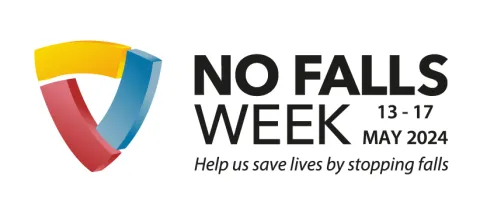Day 5 - No Falls Week
Pete Ward - Managing Director on the importance of recovering someone suspended in their harness.
Work at Height - Post Fall Rescue
"From my early days as a caver and working at height I have always thought about Access, Egress and Rescue – getting there, getting back and what to do if it went wrong.
Many people Work at Height every day, even if it is only a small part of their role.
It’s unlikely any of them expect to fall from height when they get up that morning so making sure they protect themselves in readiness is difficult.
Can you imagine though wearing your harness correctly, clipping your lanyard on, first slipping, feeling yourself falling then the relief of the equipment taking the tension and arresting your fall?
Often the fall isn’t that simple either as you may fall as a result of an injury or get hurt bumping into objects on the way down.
You did everything right, but now you are stuck – waiting and hoping.
The big problem is however that if no one has considered how to recover you, then no one is going to be able to provide you with 1st aid – assistance you might need quickly.
That was my motivation for creating rescue kits - to make sure no one in need of help was left suspended out of reach.
Everyone deserves emergency aid. When things are done right, we make sure workers go home at the end of their shift." Pete Ward
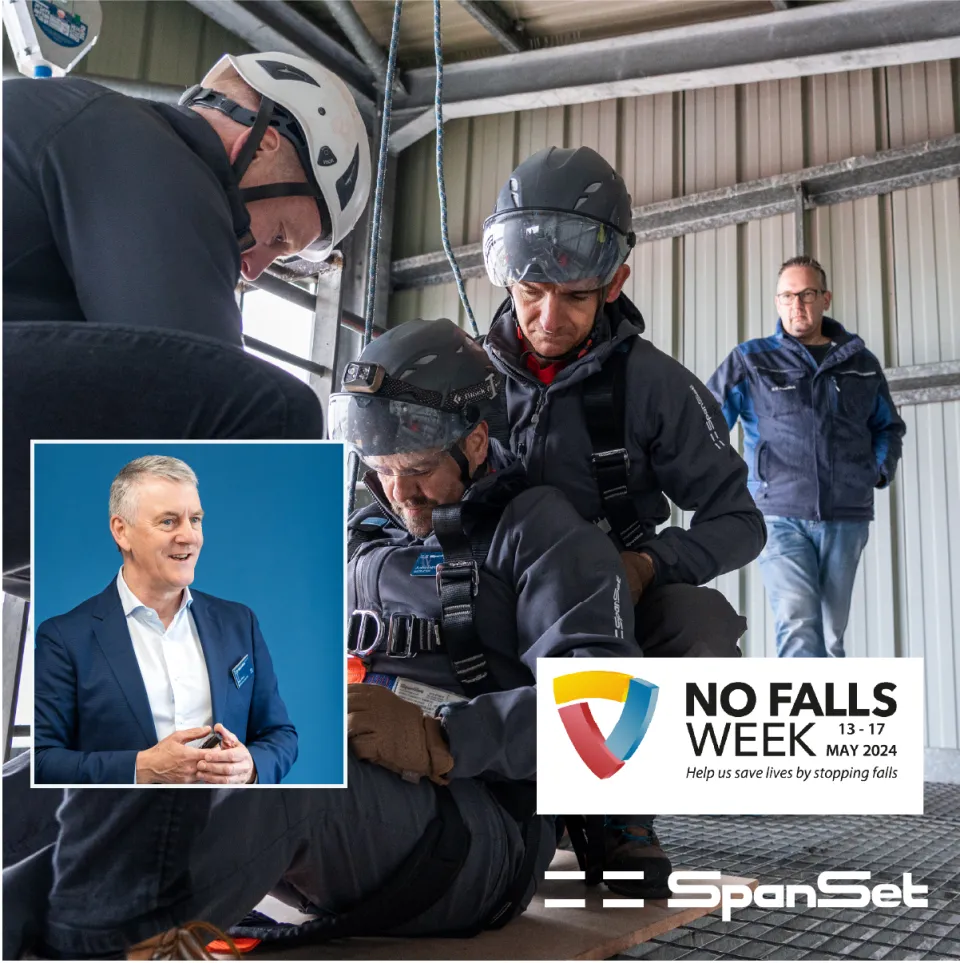
Day 4 - No Falls Week
Chris James - Technical Solutions Specialist talks about understanding the problems workers at height face, and making sure they are provided with the best possible solutions to ensure they go home safely at the end of the day.
Fall Arrest
"Being a Telecoms rigger in a past life, working at height on structures was my bread and butter.
I never really understood the link between clearance heights and selecting the right equipment though. I took it for granted that the equipment provided would protect me - just work and do its job.
Moving to SpanSet was a real eye opener. I was struck by a wider understanding and realised there were many more equipment options and ways of working than I had seen previously.
As an Instructor for many years, I saw how some people struggled with information just like I had.
Making the most of Fall Arrest takes both knowledge and experience which not everyone has. Now working in Sales, I enjoy using my background to understand the problems workers at height have on different jobs and providing them with the solutions I would have liked when I was a Rigger.
With a young family I realise the importance of earning a living and above all, making sure we all go home safely to them at the end of the day." Chris James
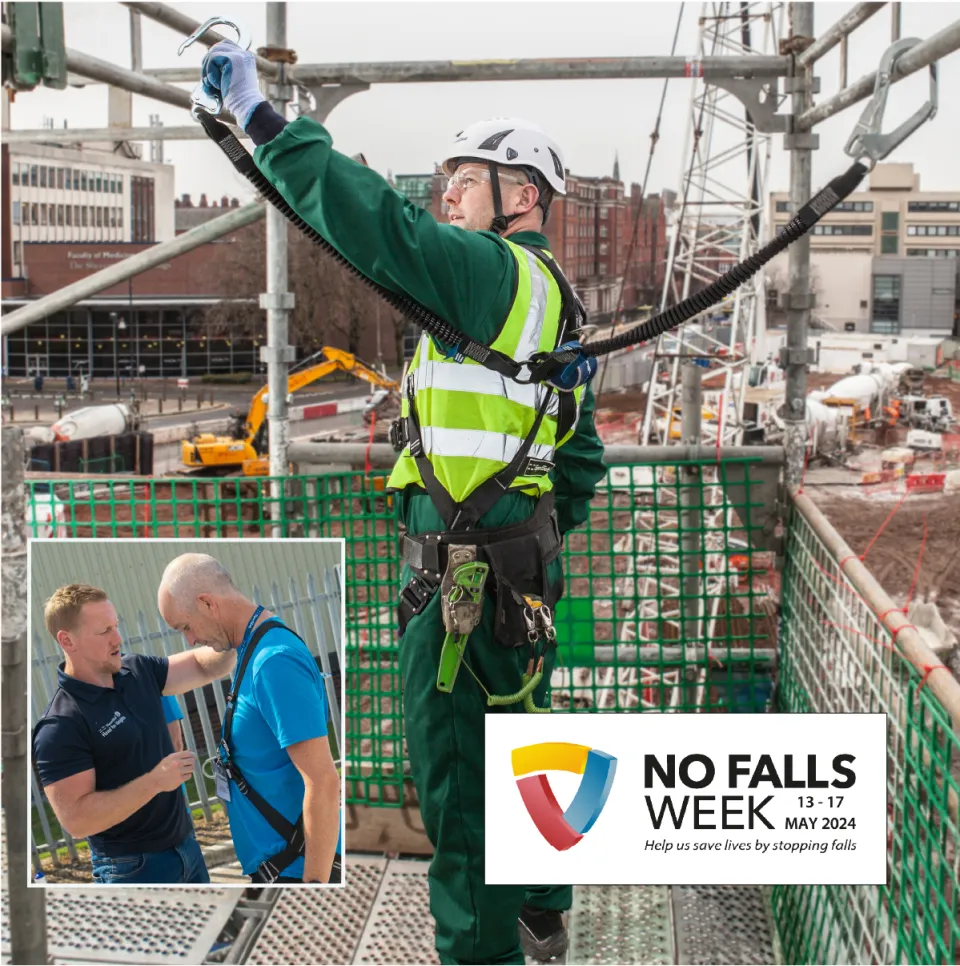
Day 3 - No Falls Week
Liam Wright - Deputy Training Manager at SpanSet discusses Work Position techniques.
Work Position
"I’ve worked in Rope Access using Work Position techniques every day. I am now keen to pass on the benefits of these skills to others.
Personal Fall Protection Equipment is generally used in backup techniques (Work Restraint, Fall Arrest), protecting you should you fall while you do your job. Work Position however helps make doing the job itself easier, whilst also keeping you safe. To put it simply your equipment suspends and holds you in just the right position while allowing your hands to be free so you can carry out your work wherever the location.
Work Position may seem complicated or extreme and yes in some cases, especially Rope Access work, it can be technical work in extraordinary locations. However most work position is straightforward – clipping directly onto a ladder or a utility worker on a wood pole for example – yet still offers the same benefits: being held safely and securely in place, allowing the hands freedom to do the work.
Work Position equipment can become an extension of yourself, your workmate. It is often personalised with people taking pride in their Work Position kit. This valuable technique allows the worker to assess a situation calmy before carrying out the job efficiently and safely.
Everyone deserves to be able to carry out their work in as stress free a way as possible, whatever or wherever the location, Work Position is a fantastic tool to aid this." Liam Wright
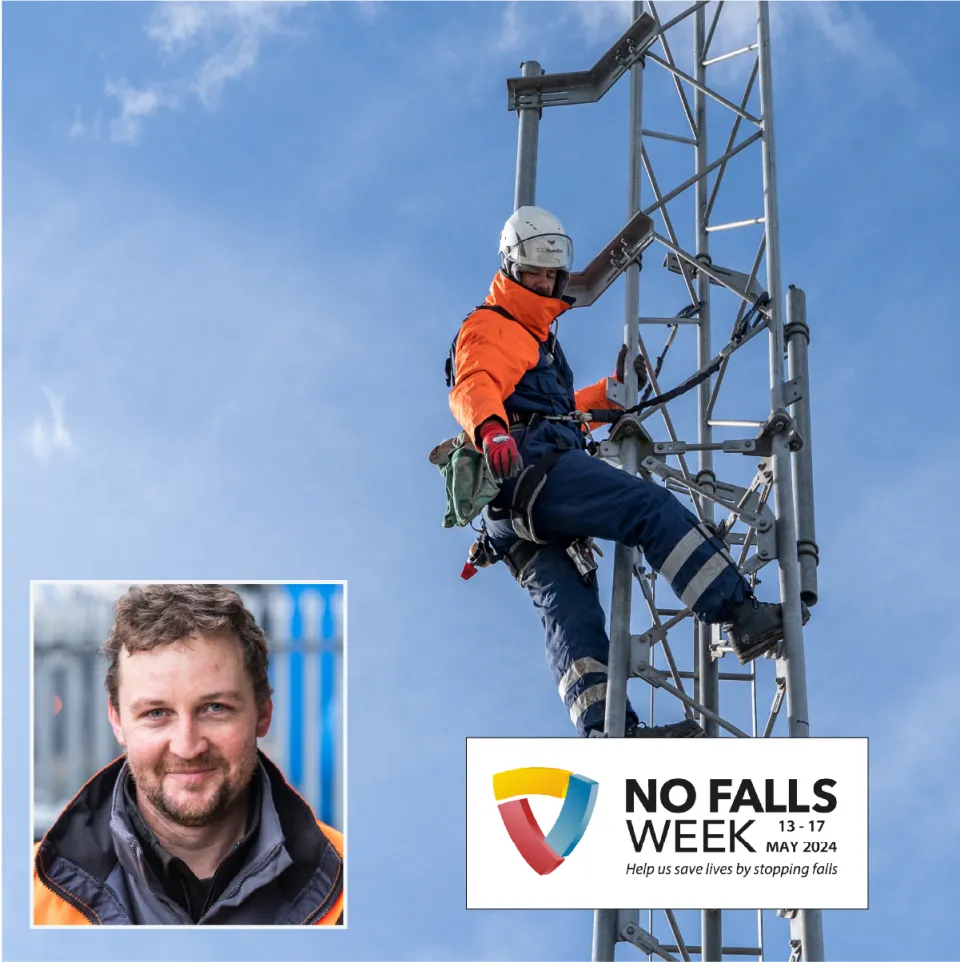
Day 2 - No Falls Week
Sam Wilkinson - Training Manager at SpanSet talks about the use of Work Restraint techniques.
Work Restraint
"As a climber, training people to work at height is fascinating - bringing them into my world, but making sure it is clear enough for them to understand and put into practice safely.
With all the different trades I meet, relating to their work is key.
Training courses often focus on the technical or complicated aspects, but it can be the simple things that make the biggest difference – take Work Restraint for example, it always seems like a missed or lost opportunity to me as it is rarely the first choice!
If you use your lanyard for protection the difference between Work Restraint and Fall Arrest can simply be clipping further back from the edge, shortening it, or choosing a shorter one.
Rope Access Workers can also do the same, clipping further back while they rig their ropes.
Work Restraint can be restrictive, however if you are still able do your job and WR prevents falls with no need for post fall rescue, what’s not to like?
Everyone who can avoid falls at work should. While it’s unlikely that you can use restraint for all your work, it shouldn’t mean you forget about it altogether." Sam Wilkinson
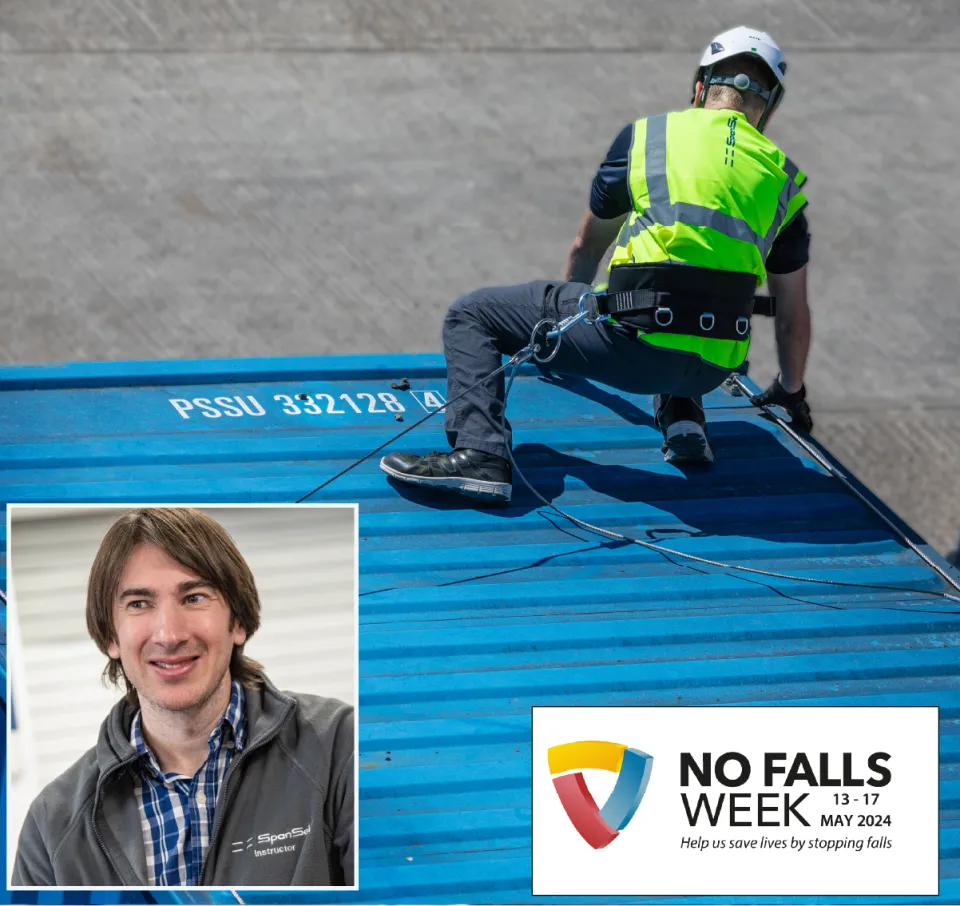
Day 1 - No Falls Week
Rachael Hazeldine - Business Development Manager for SpanSet discusses -
Education and Training
"I deal with a lot of people who work at height every day. I’ve realised many of them need help and guidance to identify which training courses would suit their circumstances best. Education on the scope of height safety helps people choose their most suitable training options from the start.
Workers of course know their trade well however, they can struggle with the work at height aspect as it’s often only a small part of their role. For our busy Training Team it is the other way round – we know work at height in fine detail but must educate ourselves on what our customers do to make sure we give the best advice and bring it all together.
During courses, education in height safety theory provides the background knowledge before the practical training shows how to apply it. Selecting which theory education and practical training combinations are the right option for different circumstances takes knowledge and experience in itself and is where our help comes in.
I always want our trainees to enjoy their learning as it has more chance of sinking in and being put into practice. You can tell when a course has been delivered well by the rapport between trainers and trainees.
Everyone deserves training that will help keep them safe when working at height. Knowing our customers are choosing the most suitable training is important to me as I want to help make sure people go home safe at the end of the day, just as I expect to." Rachael Hazeldine


